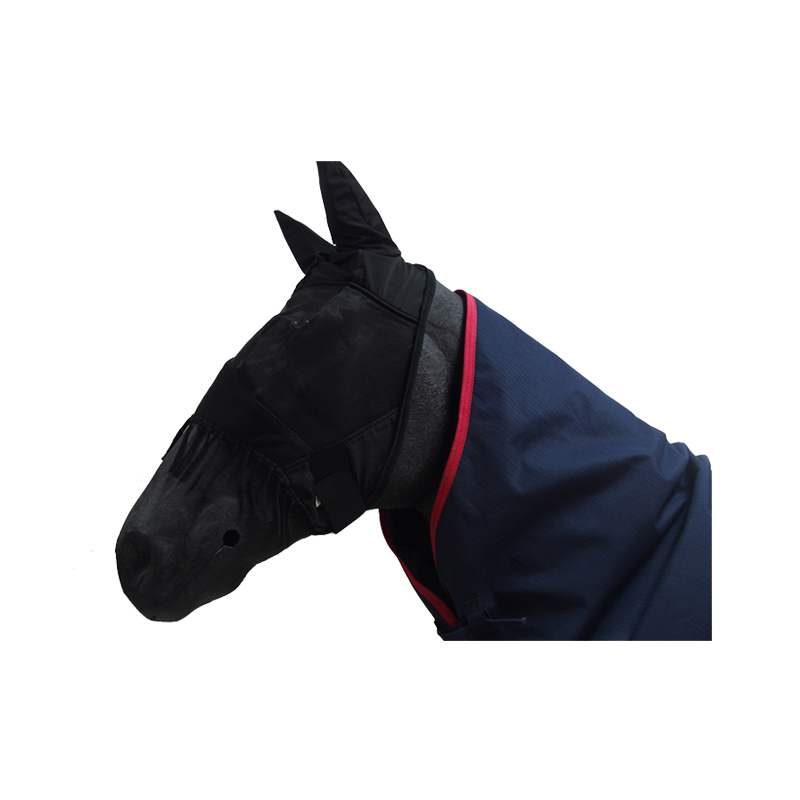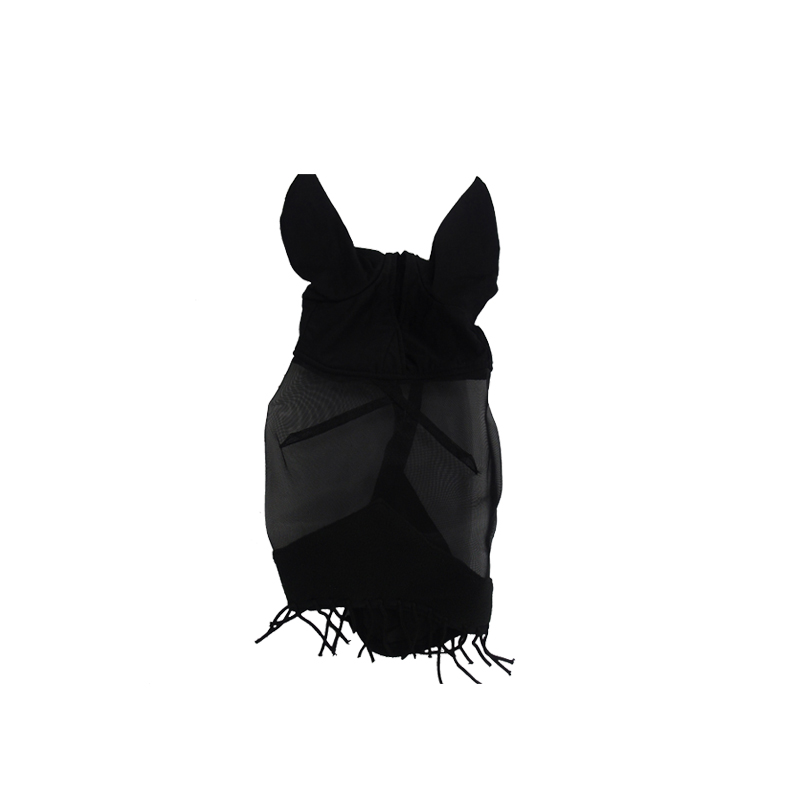I. Stacking of paper and ink residue on the blanket
In the offset printing process, there are many causes of the imprinting, but the main reason is the accumulation of paper and ink residue on the blanket. In general, after washing, the blanket will begin to accumulate about 1,500 sheets, and its accumulation effect is mainly affected by the following aspects.
1. Effect of ink viscosity on stacking
Viscosity of inks is divided into viscous and wet viscosities, and dry viscosities are understood to be the viscosities exhibited when inks do not contain fountain solution components; wet viscosities can be understood as inks during printing. Viscosity exhibited after containing fountain solution. Viscosity changes in the batch printing process. When the ink viscosity is lower than the paper sheet lint limit, the imprint is neither full nor defective during the entire printing, and it is not easy to generate paper piles; when the ink is sticky When the hysteresis is higher than the limit of paper lint, the print will become more and more bleary during the printing process. Due to the high viscosity of the ink, many small papers are pulled from the surface of the paper, causing the paper to accumulate on the blanket. In addition, the paper surface has a few loose small particles (paper powder), and small particles are also easily separated from the paper in the inking portion of the blanket to form a stack.
At the beginning of printing, that is, soon after washing the blanket, the amount of ink in the graphic part (dot, line, and solid) was transferred to the paper by 100% under the normal fountain solution volume. However, after printing to 1500 sheets or when the lubricating fluid is not normal, the ink on the blanket will cause a build-up phenomenon, which is more apparent through high-power photomicrographs. The dots transferred to the paper were damaged in diameter, and dots with no ink were present in the middle of the dots. Therefore, the dots were pale, indicating that the amount of ink transferred to the paper was reduced. If you don't wash blankets or make correct adjustments to dampening fluid volume and ink volume, more and more paper, paper dust, and ink residues will accumulate on blankets, and blots will continue to become lighter. The ink-free part of the dots will have to be further expanded, among which the trend of lightening of the screen printing products will become more apparent.
2. Effect of dampening fluid on accumulation
(1) Effect of fountain solution on ink viscosity
From the above, we can see that the ink viscosity is divided into two types: viscous and viscous. Wet viscosities are lower than dry viscosities because moisture reduces the viscosity of the ink. It can be seen that the amount of fountain solution has a direct effect on the viscosity of the ink, that is, it has a direct impact on the accumulation phenomenon. Under normal circumstances, the viscosity of the ink decreases with the increase in the amount of fountain solution, but due to various factors such as ink type, model, and the temperature of the ink roller, there are other experimental conditions that indicate the wet viscosity of the ink. As the amount of fountain solution increases, it does not always decrease. Therefore, we must pay attention to observation and adjustment.
(2) Fountain solution volume In addition to the effect on the paper powder and ink accumulated on the blanket, the paper powder and paper coating can also be adhered and dissolved by the fountain solution and accumulated on the blanket. This type of stacking often occurs on paper that is highly stackable and accumulates on the surface of the blanket. When the accumulation reaches a certain level, it expands toward the print part. In the case of ink layer thickness, ink viscosity, temperature, humidity, and solid density conditions, as long as the fountain solution gives enough, there is no such deposit on the blanket. Of course, what is said here is to give enough dampening solution that even if some fountain solution is used to print, it will not make the printed product appear water marks and guarantee the quality of the printed product.
(3) Some offsetting laborers are pursuing "water-ink balance" in a dogmatic way, and continuously reducing the amount of water in the printing process, while ignoring the influence of the above-mentioned pile-up effect on the imprinting of the imprint, resulting in aggravating the accumulation phenomenon and the imprinting continues to be shallow.
In summary, during the offset printing process, the printing quality was significantly changed due to the stacking effect—the imprinting became lighter. This kind of accumulation is not inevitable. In addition to diligently washing blankets to ensure print quality, ink viscosity must also be adjusted. In addition, the amount of fountain solution used in the entire batch of prints exceeds the specific accumulation of printed stations. Limit value, the interval between washing blankets will be greatly extended. At this time, it is of great importance to eliminate the problem of shallower blots and ensure the consistency of the entire batch of prints.
II. In addition to the accumulation of reasons there are the following situations will also cause the blot to become shallow
1. Under normal circumstances, when the fountain solution volume increases, the ink layer thickness will be reduced, which is the operator can find and adjust in time, but some inks because of the large amount of water absorption, the situation is reversed when printing, and then use this type of ink When printing, the operator often reduces the amount of fluid used for dampening according to conventional practice, trying to make the print deeper, but the imprinting will continue to lighten.
2, offset printing process ink and put too much dry oil. After the machine stops, the ink layer on the ink roller and the ink fountain roller quickly dry and solidifies, so that the ability to absorb ink decreases. When the ink is reopened, the amount of ink transferred decreases, causing the blot to suddenly become lighter, sometimes due to printing on the roller. The thin layer of ink will gradually dry, making the imprinting shallow quickly (this phenomenon is easy to occur in mesh debugging and printing).
3. Due to the failure to observe the ink fountain, the ink level in the ink fountain is not found to be lowered too much in time, or the ink thixotropy of the ink fountain is too large, and the fluidity is too poor, so that the amount of ink is reduced, resulting in a lighter print.
4. During the entire batch printing process, the smoothness of some paper products and the sudden deterioration of the ink absorption performance will also cause the prints to become lighter.
5. During the printing process, the graphic part of the printing plate is peeled off by the water roller, the ink roller, the rubber roller, and the paper. Under the repeated friction of the paper, the photosensitive layer is gradually worn out, damaged, and the lipophilicity is weakened. Hydrophilicity is enhanced, sometimes the graphic part of the printing plate will gradually become poorly inked, making the prints lighter (using the baking plate treatment to enhance the wear resistance of the photosensitive layer, you can extend the lightening time).
6. The roller diameter of the high-speed offset press is small, and the width of the imprinting during the rolling process is also reduced. If the printing speed suddenly increases, the printing pressure will not increase accordingly, and the print will become lighter. This is because, when the printing speed is increased, it is inevitable that the contact time between the printing plate and blanket, the blanket and the printed sheet corresponding to each other is reduced, so that the possibility of incomplete contact between the printed surfaces is increased. The transfer of documents was incomplete. The outlets were not real and the ink was gray.
Horse Mesh Fly Mask, Ear part, we can use polyester, mesh cloth or lycra. Main part is mostly used by woolen yarn. The style can be customized, we can also make special styles for you. For instance, Christmas. You can decorate your horses when Christmas coming. We can make your own logo on the Horse Fly Mask to let your customers know about your brand. We are manufacturer, making special design for you is also ok. Happy to receive your email. Contact me to know more details.



Horse Mesh Fly Mask
Horse Mesh Fly Mask,Equestrian Horse Mesh Fly Mask,Mesh Cloth Horse Fly Mask,Soft Mesh Horse Fly Mask
Hebei Honde Group , http://www.horseequipmentfromchina.com